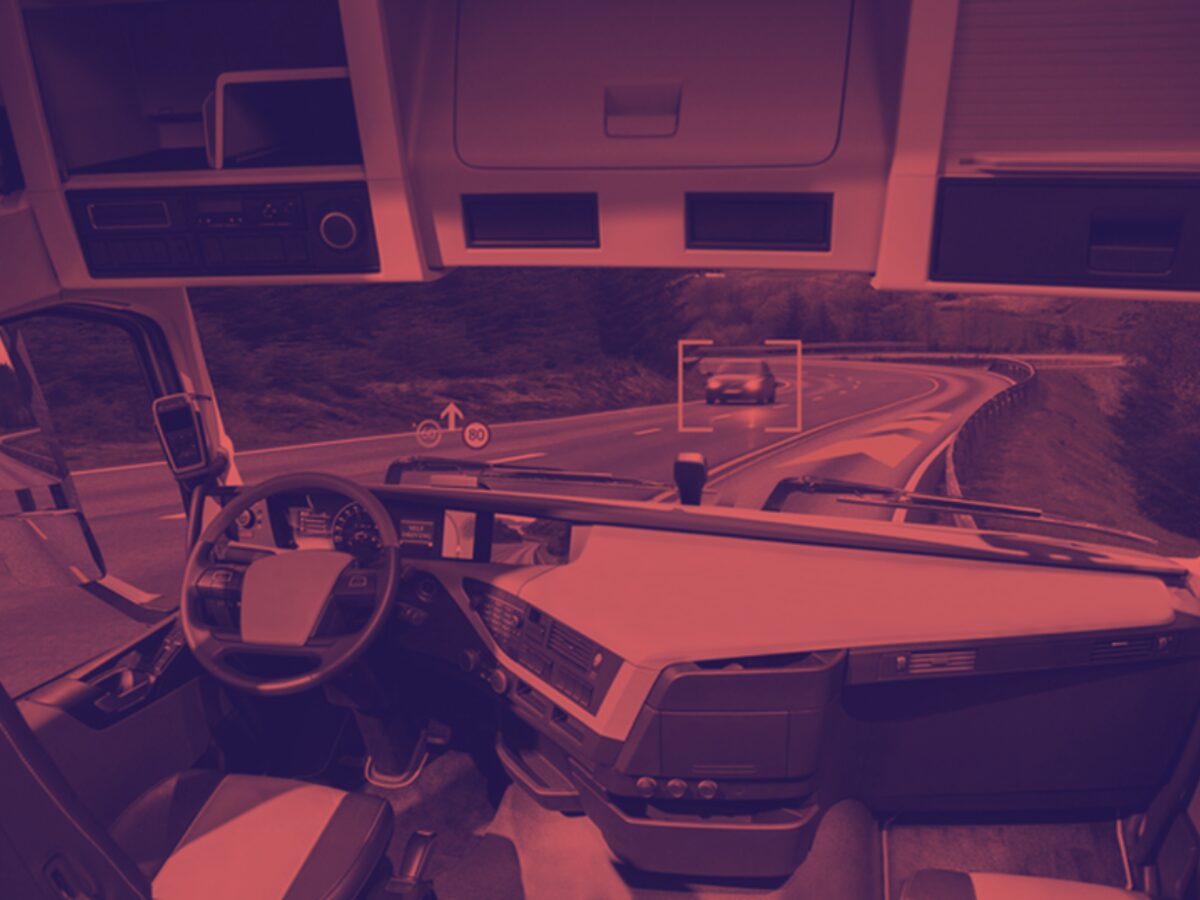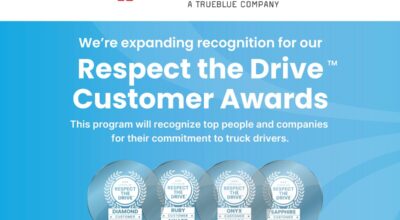What autonomous trucking means for the transportation industry: A 5-year projection

On July 21, 2021, TuSimple published the details of its Driver-Out pilot program – a program that involves “completely removing the requirement for a human to operate the vehicle.” In its post, the company explained that it anticipates entering the program’s final phase, System Validation, later this year and finally put autonomous trucks on the road.
The first routes are expected to be between Phoenix and Tucson, citing that this route was chosen because it contains typical scenarios experienced in freight operations based on roadway types and terminals.
Certainly, TuSimple isn’t the only company trying to automate the transportation industry. Several others are also working to solve the issues created by taking drivers out of trucks in the hopes of a driverless delivery system.
But what does all of this mean for the transportation industry over the next five years?
Greater exposure of transportation issues
By removing humans from trucks, the truck’s software and hardware must be equipped to deal with whatever scenarios are faced while transporting goods from one location to another. This includes typical decision-making points faced by drivers that involve weather, closed roadways, unexpected detours and more.
While autonomous trucking manufacturers may be working to figure all of these out technologically, preparing for every possible scenario is nearly impossible. As companies start putting these driverless trucks on the road, they will begin to see the many transportation issues drivers face when picking up and delivering their loads. This will shine a light on some issues that, until now, were not readily known or exposed.
More driver concern, potentially impacting retention and recruitment
When a company talks of automating some of its processes, employees become concerned about job stability and whether they’ll soon find themselves out of work. To them, automation is synonymous with job death.
Autonomous trucking supporters say that this isn’t the reality. They state that even if trucks can drive themselves from one location to another, humans are still required to complete the process. Autonomous trucks may only go to certain lots, for instance, so a driver will have to go to that lot, pick up the trailer and take it to its final destination.
Plus, these autonomous trucks are being designed for longer hauls. Short-haul drivers will still be needed to move goods around locally. For companies that employ drivers for these shorter routes, the impact should be minimal.
Yet, not all drivers buy into the idea that they will still have a purpose in the transportation industry as autonomous trucks are progressed. This can cause them to seek opportunities in other sectors before they suddenly find themselves jobless. It might also reduce the number of people interested in driving because they don’t want to get into a career track that looks like it may be coming to an end.
A skeptical (and fearful) public
If Tesla’s autopilot program is any indication of what is ahead for the transportation industry, the next five years will also be met with a lot of skepticism and fear from the general public. While some people support working toward a driverless system, others can’t envision a world in which a computer can make the same decisions as humans.
And if they can, they don’t see those decisions being as swift or as good.
Fear of autonomous trucks has the propensity of being even greater than that experienced with cars simply because of the vehicle’s size. The idea of having a huge rig behind you with no one at the wheel is a scary proposition for some.
This gives the companies creating these trucks an uphill battle in the years ahead because, in addition to testing their systems, they also have to convince the public that this is a safe way to transport goods.
Like with any technology being created, it often takes some time to figure out what the world looks like with the technology in it. It also takes some time to figure out how humans and the new technology can co-exist in a mutually beneficial way. Autonomous trucking will likely be no different.
Interested in more industry trends and trucking research? Download our State of Trucking Guide 2021 to get a pulse on where trucking stands.


